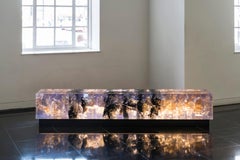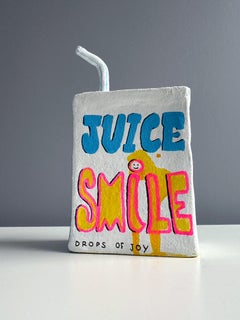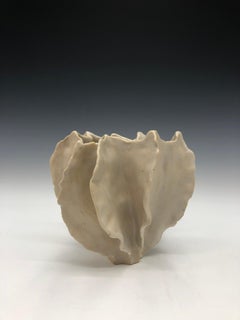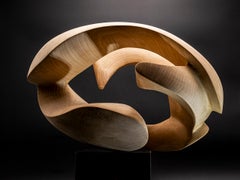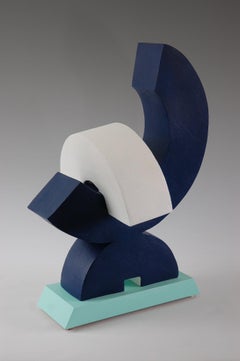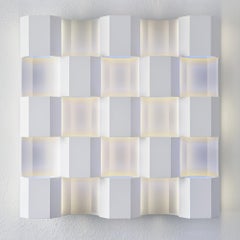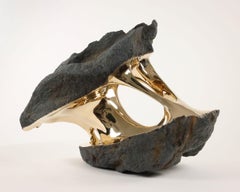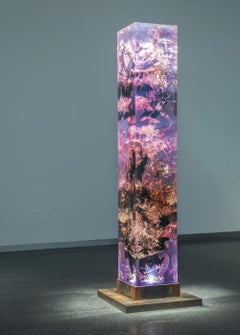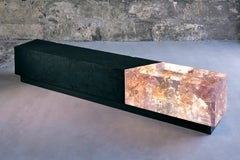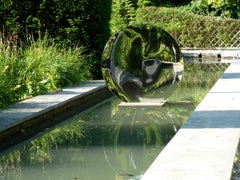Abstract Sculptures
21st Century and Contemporary Contemporary Abstract Sculptures
Fiberglass, Plaster, Plywood, LED Light, Neon Light
2010s Contemporary Abstract Sculptures
Bronze
2010s Contemporary Abstract Sculptures
Steel
2010s Contemporary Abstract Sculptures
Steel
2010s Contemporary Abstract Sculptures
Concrete, Stainless Steel
2010s Contemporary Abstract Sculptures
Bronze
2010s Expressionist Abstract Sculptures
Bronze
2010s Contemporary Abstract Sculptures
Steel
2010s Abstract Abstract Sculptures
Wood, Acrylic
2010s Contemporary Abstract Sculptures
Terracotta
2010s Contemporary Abstract Sculptures
Marble, Stainless Steel
2010s Contemporary Abstract Sculptures
Ceramic, Glaze
21st Century and Contemporary Contemporary Abstract Sculptures
Metal, Bronze
2010s Abstract Abstract Sculptures
Wood, Acrylic
21st Century and Contemporary Contemporary Abstract Sculptures
Metal, Bronze
21st Century and Contemporary Contemporary Abstract Sculptures
Metal, Bronze
2010s Abstract Abstract Sculptures
Stainless Steel
21st Century and Contemporary Contemporary Abstract Sculptures
Metal
21st Century and Contemporary Contemporary Abstract Sculptures
Paper, Wood Panel, Archival Paper
2010s Contemporary Abstract Sculptures
Stainless Steel
2010s Contemporary Abstract Sculptures
Bronze
2010s Contemporary Abstract Sculptures
Concrete, Stainless Steel
2010s Abstract Geometric Abstract Sculptures
Thread, Wood, Oil, Acrylic, Cardboard
1960s Pop Art Abstract Sculptures
Resin
2010s Contemporary Abstract Sculptures
Steel
2010s Contemporary Abstract Sculptures
Steel
2010s Contemporary Abstract Sculptures
Bronze
21st Century and Contemporary Contemporary Abstract Sculptures
Wool
21st Century and Contemporary Contemporary Abstract Sculptures
Wool
2010s Contemporary Abstract Sculptures
Gold, Stainless Steel
2010s Contemporary Abstract Sculptures
Metal
21st Century and Contemporary Contemporary Abstract Sculptures
Metal
2010s Contemporary Abstract Sculptures
Porcelain
2010s Contemporary Abstract Sculptures
Marble
21st Century and Contemporary Contemporary Abstract Sculptures
Metal
2010s Contemporary Abstract Sculptures
Stainless Steel
21st Century and Contemporary Post-Minimalist Abstract Sculptures
Canvas, Wood, Mixed Media, Acrylic
21st Century and Contemporary Contemporary Abstract Sculptures
Metal, Wire
2010s Contemporary Abstract Sculptures
Bronze
21st Century and Contemporary Analytic Cubist Abstract Sculptures
Wood
21st Century and Contemporary Contemporary Abstract Sculptures
Metal, Wire
21st Century and Contemporary Contemporary Abstract Sculptures
Wool
2010s Contemporary Abstract Sculptures
Ceramic, Stoneware, Glaze, Pigment
2010s Contemporary Abstract Sculptures
Metal
2010s Abstract Geometric Abstract Sculptures
Epoxy Resin
21st Century and Contemporary Abstract Abstract Sculptures
Steel
21st Century and Contemporary Contemporary Abstract Sculptures
Wood, Lights, LED Light, Mixed Media, Acrylic, Neon Light
2010s Contemporary Abstract Sculptures
Glass
2010s Contemporary Abstract Sculptures
Metal
2010s Contemporary Abstract Sculptures
Metal
2010s Contemporary Abstract Sculptures
Terracotta
2010s Pop Art Abstract Sculptures
Glass, Mixed Media
Mid-20th Century Abstract Abstract Sculptures
Bronze
2010s Contemporary Abstract Sculptures
Bronze
2010s Abstract Abstract Sculptures
Steel
2010s Contemporary Abstract Sculptures
Granite
2010s Contemporary Abstract Sculptures
Bronze
2010s Contemporary Abstract Sculptures
Ceramic
2010s Realist Abstract Sculptures
Glass, Blown Glass
21st Century and Contemporary Contemporary Abstract Sculptures
Stone, Steel
Decorating with Abstract Sculpture
If you’re thinking about decorating your space with abstract sculpture, there are a couple of things to keep in mind.
You don’t have to look for a piece that demands attention. Find a work of abstract sculpture that speaks to you. As is the case with any abstract art, whether it’s sculpture, an abstract painting or a grouping of prints, you can select a work for your living room or dining room, for example, that will either casually fade into the background or serve as a focal point. When you’re thinking about how to arrange your furniture and decor, consider color, texture and what kind of energy you’d like a specific room or corner to evoke. Abstract sculpture can go a long way in elevating a home, and its history is interesting if you’re shopping for a new piece today.
As a pioneer in naturalistic forms and figures that vividly express emotion, Auguste Rodin is often called the father of modern sculpture. His work in the 19th and early 20th century broke with artistic conventions and inspired modernism, leading to a new period of avant-garde abstraction.
Among the first artists to push abstract sculpture into the mainstream were Pablo Picasso and Georges Braque. They helped define the movement of Cubism, which focused on deconstructing the world abstractly.
Later in the 20th century, the artistic movements of Italian Futurism, Dadaism, Neo-Dadaism, Surrealism, Abstract Expressionism and minimalism all contributed to the advancement of new and more abstract sculpture designs. Italian Futurism, for example, celebrated movement, dynamics and technology in abstract sculpture. These movements passed down ideas that continue to inform abstract sculpture today.
Browse a range of modern abstract sculptures, postmodern abstract sculptures and other kinds of sculpture on 1stDibs.
